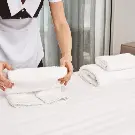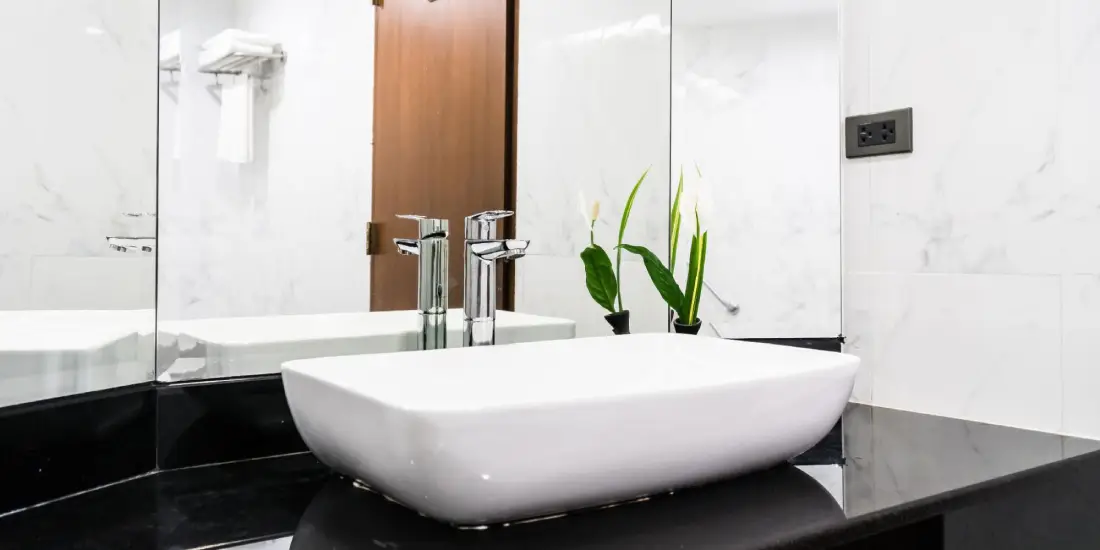
The bathroom sink collects all kinds of disgusting gunk. Throughout the day, toothpaste blobs, makeup spills, soap scum, hard water spots, and more can accumulate, causing some significant dirt that cannot simply be rinsed away. Additionally, it's a breeding ground for the most dangerous germs. Maintaining a spotless bathroom basin isn't as daunting as it might seem. However, there are a few methods you can employ to get rid of those pesky stains that accumulate over time and get spotless results. The best approach to cleaning your bathroom sink will vary depending on the material, so keep that in mind. If you cannot find the time for a deep clean, you can hire a dependable cleaning service to do it for you.
Cleaning bathroom sink
Rinse the sink
Start by pulling the plug shut and adding some vinegar and hot water to the basin. You can also use a non-abrasive cleanser and rinse the sink with warm water. To get rid of toothpaste and soap buildup, scrub with a sponge or a washcloth. Make sure the sides of the hot water get in contact with your cotton rag or sponge while you rub it around. Use the hot water to clean the faucet as well.
Identify stubborn stains
After rinsing the sink, look for any stains that may require more cleaning. Hard water stains and rust stains are common below the faucet and surrounding the drain, especially if you use well water. Both kinds of stains need a little extra work, but if you follow the directions carefully, they should be easy to remove. Spray a surface cleanser all over the basin's surface to help dissolve the filth, then let it sit for about 30 seconds before wiping it down with a clean towel.
Clean accessories
To give bathroom accessories such as toothbrush holders and soap dishes a thorough cleaning, it's a good idea to soak them in vinegar. The vinegar's smell will go away once it has dried. Vinegar can damage coloured porcelain surfaces and cause discolouration; so avoid using vinegar on such surfaces. Use some toothpaste in the crevices and an old toothbrush to scrub the caulking and sealant around your drains and fixtures.
Apply hydrogen peroxide
If there are more stubborn stains, you must apply a hydrogen peroxide solution to get rid of them. In the basin, arrange a few paper towels, then cover them with a mixture of one part water and one part hydrogen peroxide. After two to three minutes, remove the soggy paper towels from the sink and give it a thorough rinse. In addition to removing stains, hydrogen peroxide will help disinfect the sink.
Clean the stopper and drain
Take out the stopper and before replacing it in the drain, make sure to clean it thoroughly of any debris that has accumulated, and discard the debris in a bin. This will aid in preventing the accumulation of small pieces of debris in the drain. Maintaining a clean drain will also keep odours from building up in your bathroom. A smelly bathroom could be caused by bacteria in the drain, which could get worse over time.

Professional Cleaning Services in Sunshine Coast
book now
Recent Posts
-

How to Get Smoke Smell Out of Carpet: Your Ultimate Guide to Freshness
October 31, 2023
Admin
-
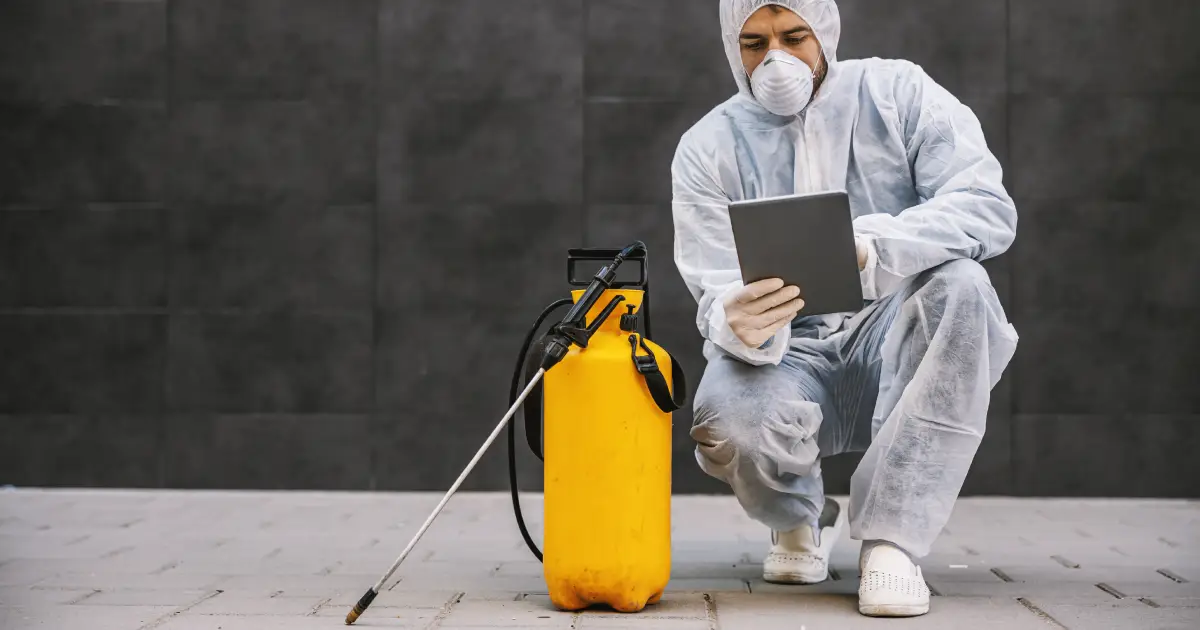
Winter Pest Control Strategies: Balancing Effectiveness and Safety
July 31, 2023
Admin
-
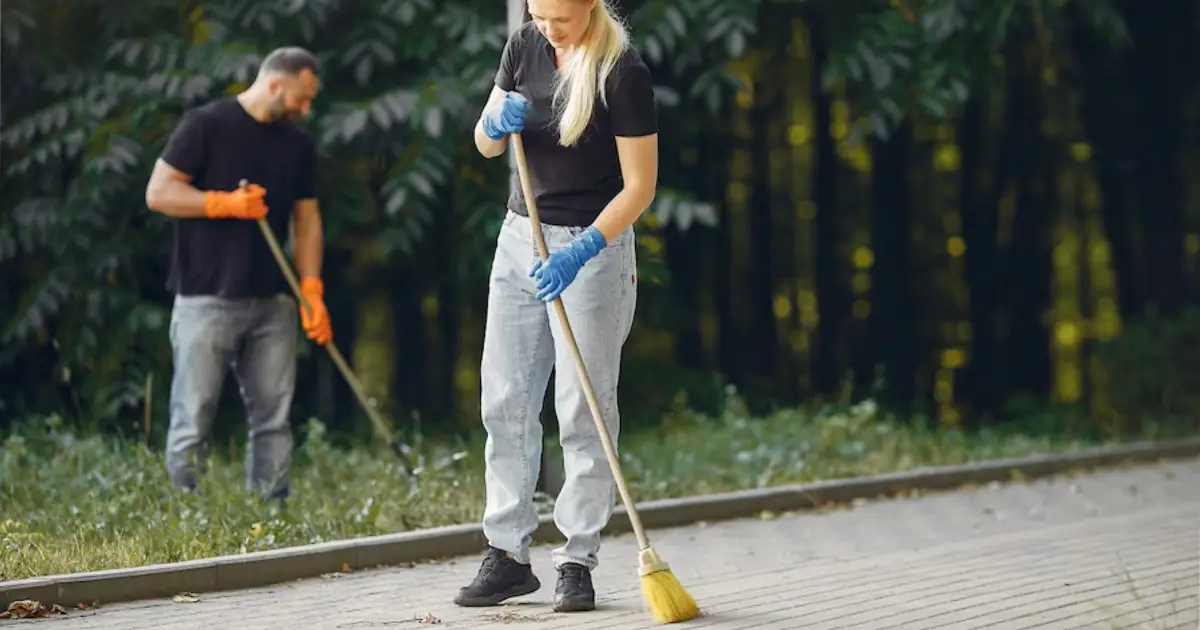
Make Your Backyard Effortlessly Clean, Organized, and Beautiful
July 07, 2023
Admin
-
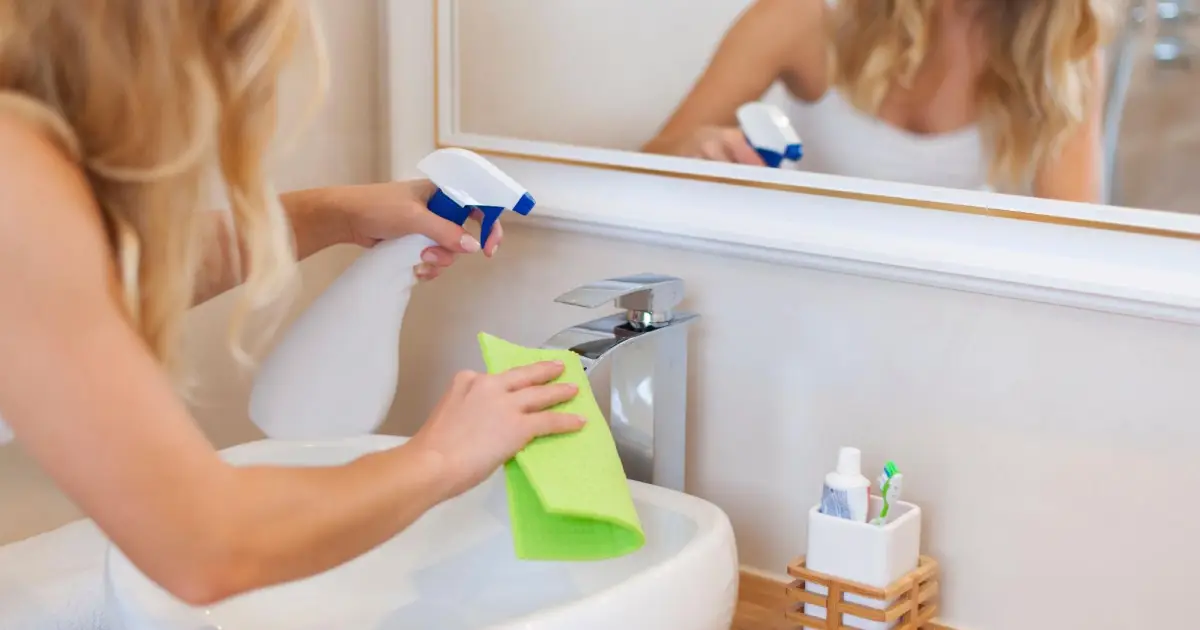
How To Clean Your Bathroom In 15 Minutes Or Less
April 06, 2023
Admin
-

7 Cleaning Solutions for a Chemical-Free Home
February 16, 2023
Admin
-
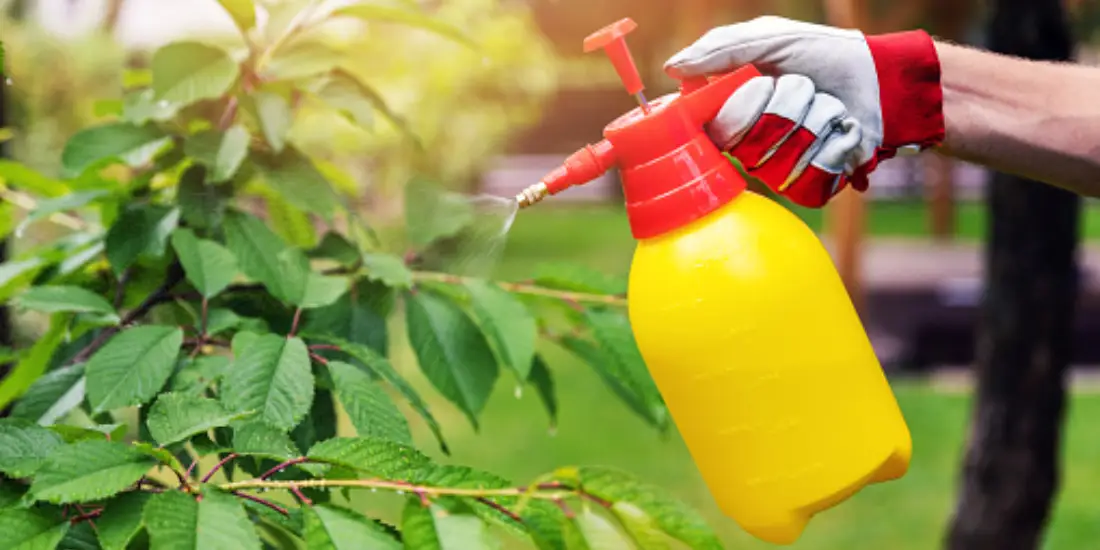
5 Surprising Ways to Keep Bugs Out of Your Garden
February 16, 2023
Admin
-
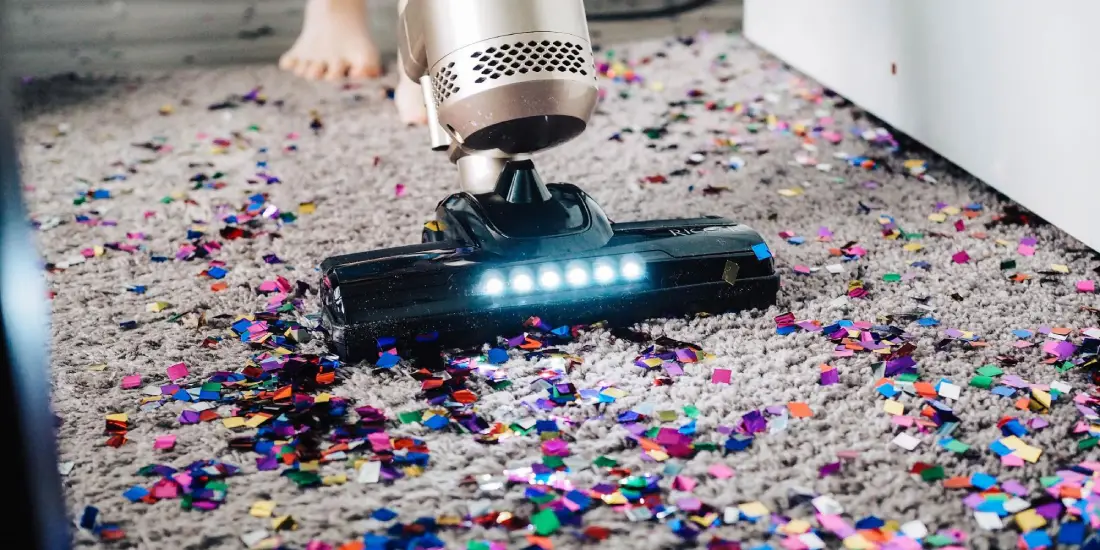
5 Cost-Effective Carpet Cleaning Solutions for a Deep Clean on a Budget
February 07, 2023
Admin
-

Clean A Washbasin In 5 Easy Steps
January 18, 2023
Admin
-
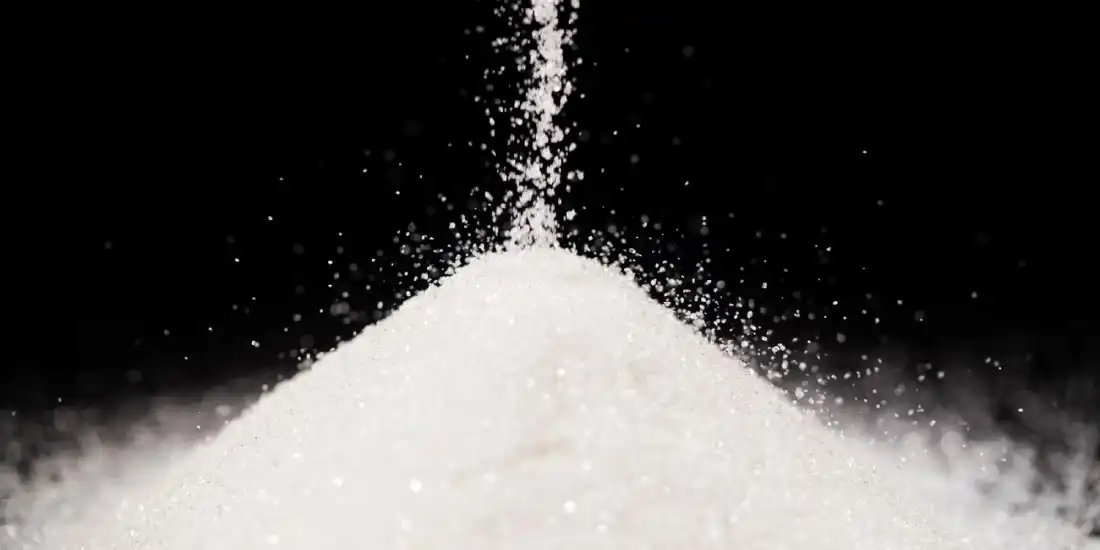
5 Cleaning Hacks With Borax
January 02, 2023
Admin
-

5 Tips To Buy A Pet Vacuum Cleaner
December 14, 2022
Admin
-

5 Fail-Safe Home Methods To Clean Carpets
December 05, 2022
Admin
-

5 Simple Tips To Deodorise Your Bedroom
July 15, 2022
Admin





